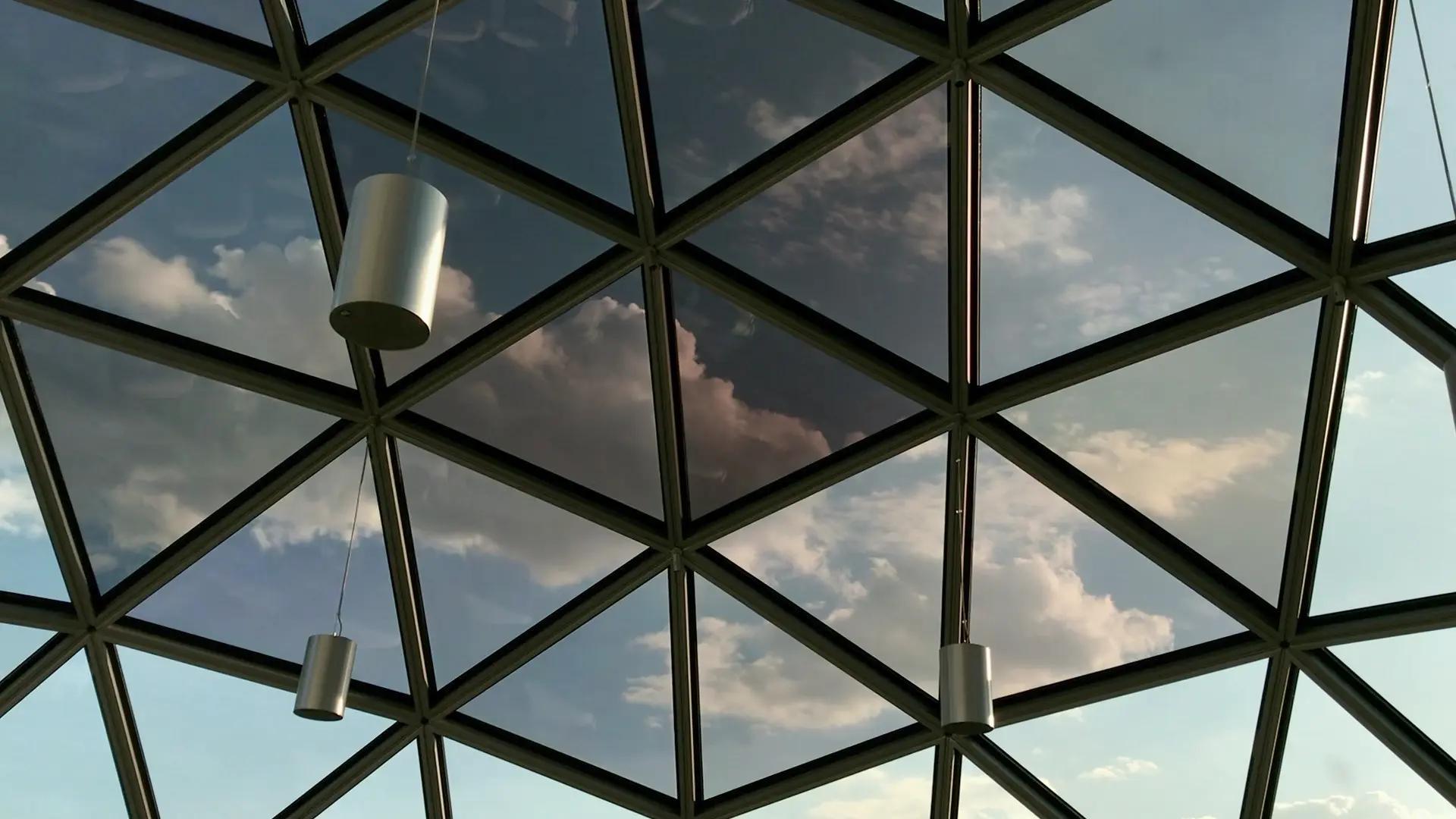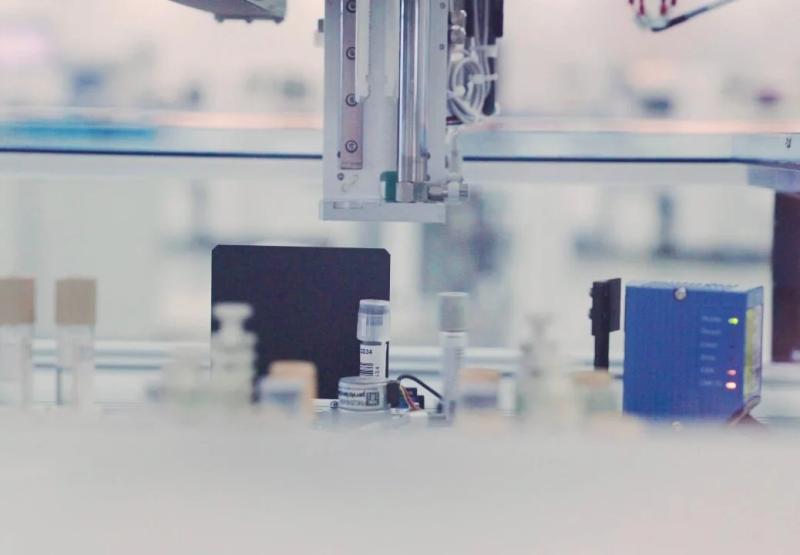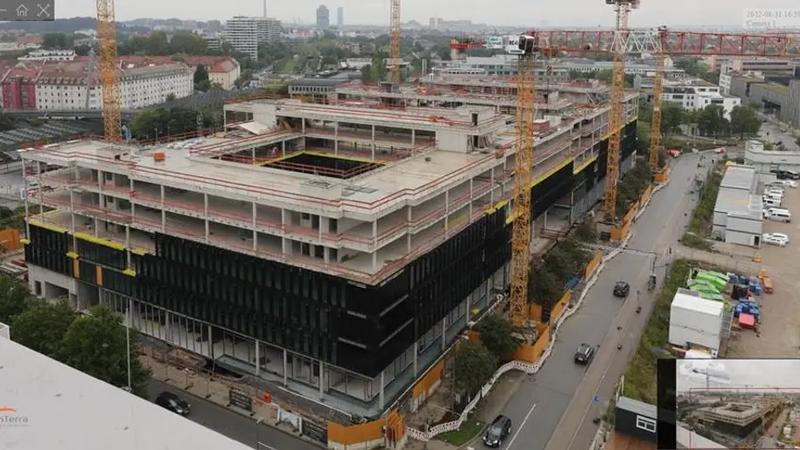
Smart tint - Dynamic smart glass that knows when to tint
What is smart tint?
Smart tint, or smart glass, is a type of switchable smart glass that can change how dark or how opaque it is depending on the amount of light that is shining through it. With smart tint, glass can be clear allowing a lot of light to pass through during low-light situations, and become darker when there is more light, as in full direct sunlight. Think of it as sunglasses for your building. Switchable privacy smart-tint also has been introduced into the market. With privacy smart tint, glass can be in a frosted state, but can go from clear to opaque or clear to frosted, at the touch of a button ushering a new generation in switchable privacy glass, providing instant privacy in any situation.
Smart-tint technology has a number of exciting applications, including creating office buildings that are more energy-efficient by reducing the need for artificial lighting. Smart tint can also be part of a sustainable solution for green certification. Smart tint can also be used to provide privacy while still letting in natural light such as the eyrise i350 privacy glass which is next generation in switchable privacy.
What is the cost of smart-tint windows?
The cost of smart-tinting technology can vary depending on the project but the cost has come down as production methodologies become streamlined. Architects and builders are already experimenting with this cutting-edge material in a variety of different ways. (Click here for an example)
Different kinds of Smart tint technology
There are different types of smart tint, each with its own set of features and benefits. But they are very different. Some smart tints can be controlled through wifi with a click of a button, or a smartphone app, while others have built-in sensors that automatically adjust the tint or how opaque it is based on the amount of sunlight shining through the glass, allowing a hands-off approach. There are also smart tints that can be manually adjusted, giving you the ability to control how much light enters your home or office with the flip of a switch of the press of a button on an app. Smart film or privacy film is a technology that can be applied directly to a smooth glass surface as an adhesive as a window film. This smart tint provides a way of transforming existing glass with either self adhesive or non-adhesive options. Also known as smart film or smart tint or PDLC film, this window tint technology uses electrochromic technology rather than liquid crystals. One major drawback to smart film technology is that does not have the ability to be completely clear. Electrochromic smart film will always have a blue or yellow tint due to the limitations of the technology. So the ability to have transparent glass film without a blue color is impossible. Since studies have shown that people can have their natural circadian rhythm disrupted by a lack of natural light, this is not ideal.
Although electrochromic glass and Liquid Crytal Glazing are both considered 'smart tint', the two technologies are not the same. Liquid Crytal Windows are the next generation in switchable glass that can replace an automatic blind or traditonal UV lamination, preserving natural views and filtering out harmful UV rays while also preserving natural views. It is also dimmable with a button or command or the click of a switch. They are easy to install and can block 99 percent of harmful UV radiation. And, unlike electrochromic smart tint, Liquid Crystal windows are always clear, allowing natural light to enter the room.
The benefits of smart tint
Technology we use to make our lives more comfortable is always becoming more innovative. Smart tint can change its level of transparency based on the amount of light that it is exposed to without human intervention. This means that it can keep a room cool in the summer by blocking out the sun's rays, and warm in the winter by letting in more light, creating a sustainable solution that is more advanced than regular glass facades provide. This is why more architects are turning to smart tinting glass for new construction and renovations. (See example here)
Smart tint can save energy by regulating a room's temperature. The glass can be used in office buildings to allow employees to focus on their work without outside distractions or in conference rooms, removing glare or adding for an extra level of privacy and security, on demand.
Overall, smart tint windows are can help reduce energy costs and improve comfort levels in any space and is why architects are turning to this technology more and more in new constructions and renovations.
How does smart tint work?
Smart tint is a special kind of glass. The light transmission changes witch an electric current of voltage. The tinting can be controlled by a computer, an app, or integrated into any building automation system, so the amount of light that comes through the window can be adjusted manually or be completely automated in smart systems.
Liquid crystal technology, has been around for almost 100 years. Architectural glass, based on that technology is more recent and has seen a boom in popularity over the last years. Liquid crystals are molecules that change shape when an electric field is applied to them. This changes the way they allow light to pass through them, which then changes the appearance of the window. The molecule orientation is a physical process which swithces in an instant. This is exactly the same technology as the display of most cell phones and HD televisions.
An older technology, electrochromic glass tint is made with a ceramic material coated on glass. It contains tiny particles of metal such as Lithium that change color when an electric current is applied to them. This allows the smart tint to change from clear to dark, or anywhere in between, depending on how much current is applied. The switching process is a chemical process, similar to loading a battery, which takes quite some time.
The future of smart tint
The future of smart tint appears to be promising as more and more buildings are beginning to incorporate this type of glass into their design. The potential applications for this technology are limitless.
As we continue to see advances in glass technology, it's likely that smart tint and dynamic glass will become more commonplace. But even now, eyrise offers a unique solution for those looking to improve their office space.











